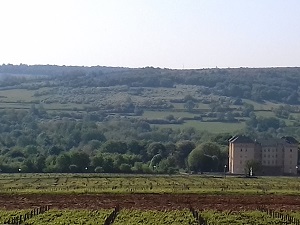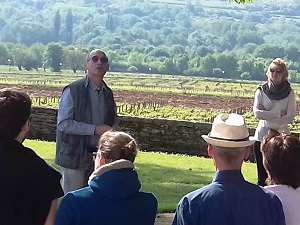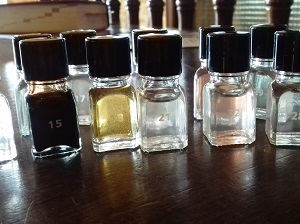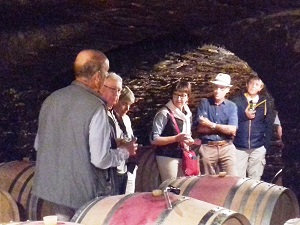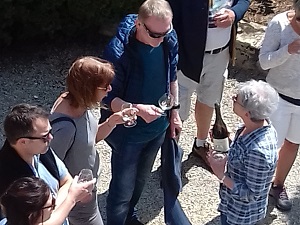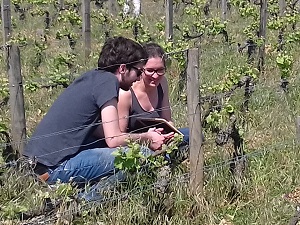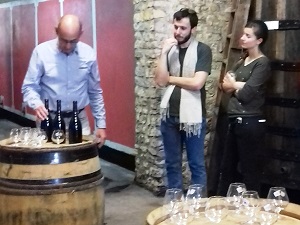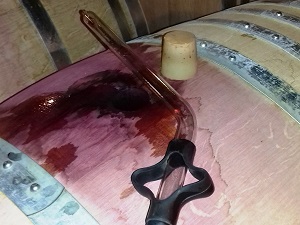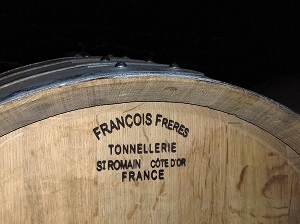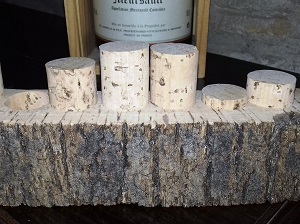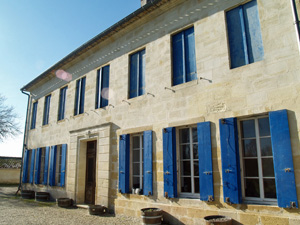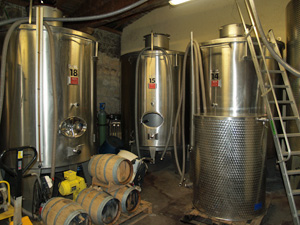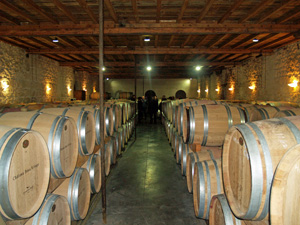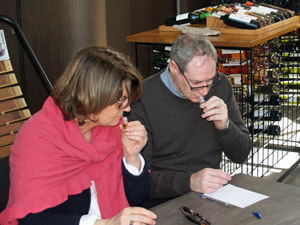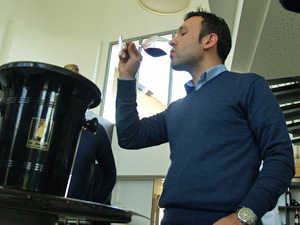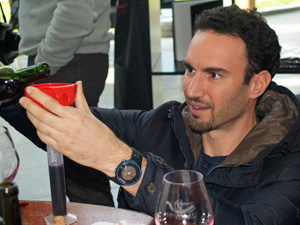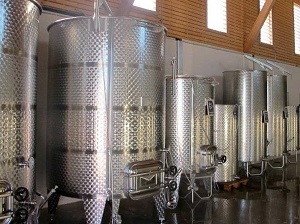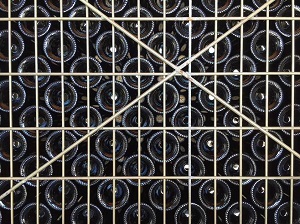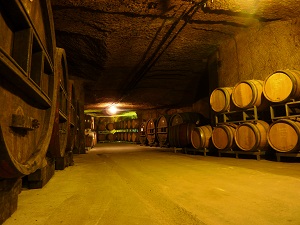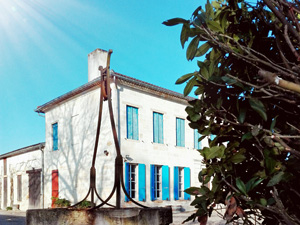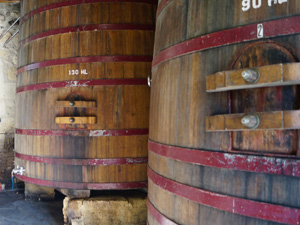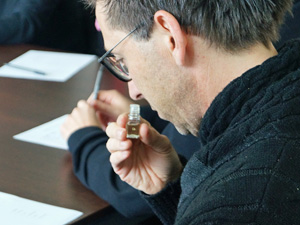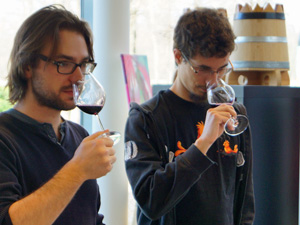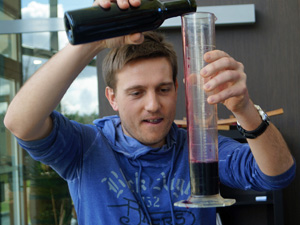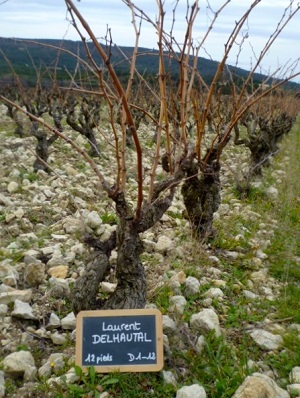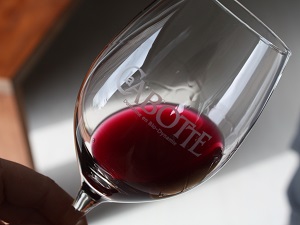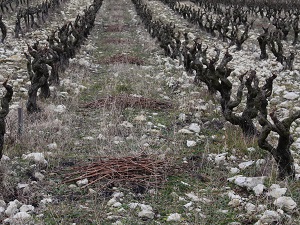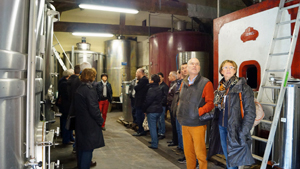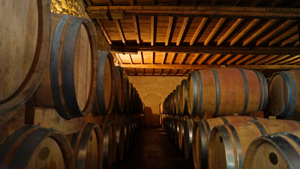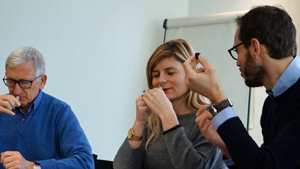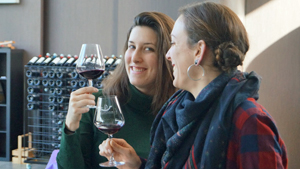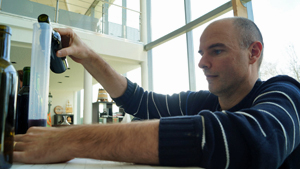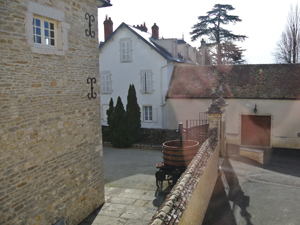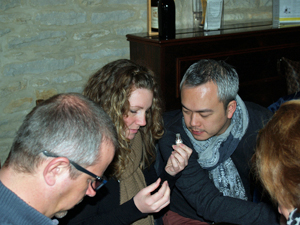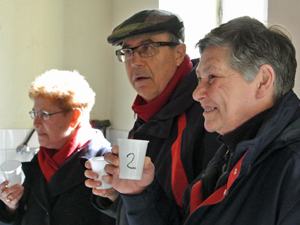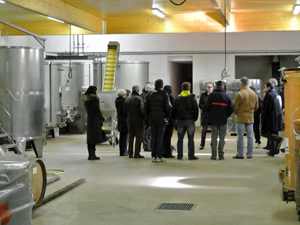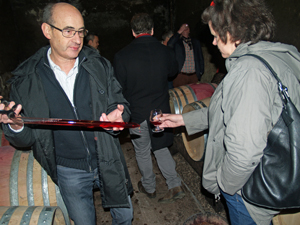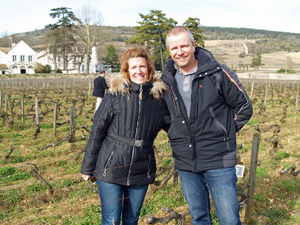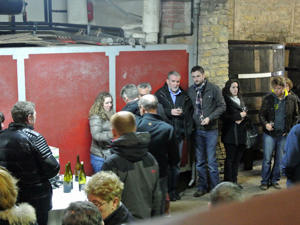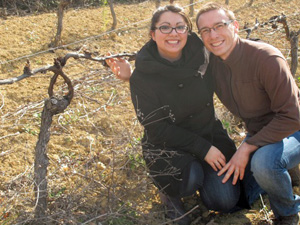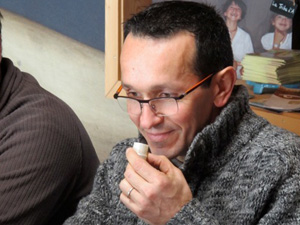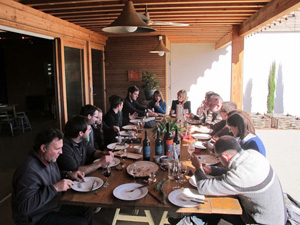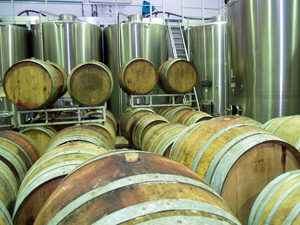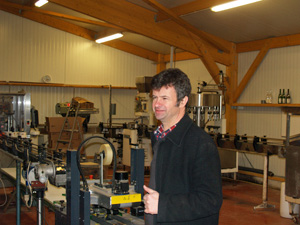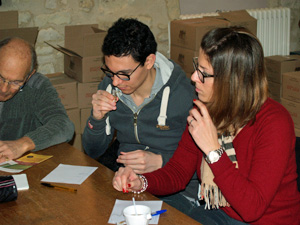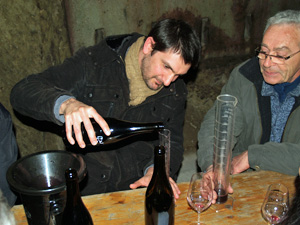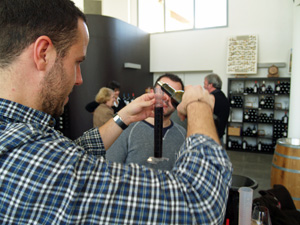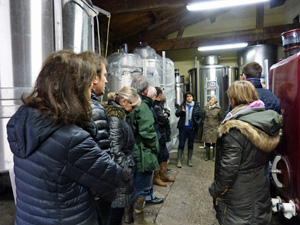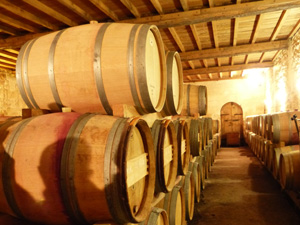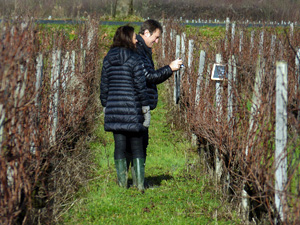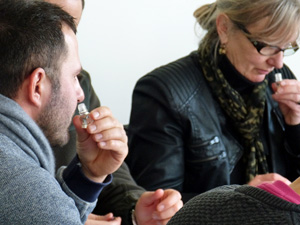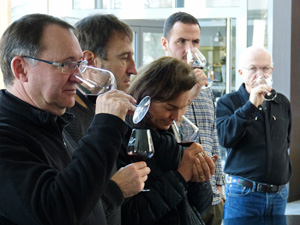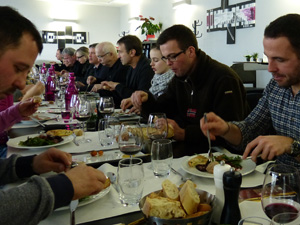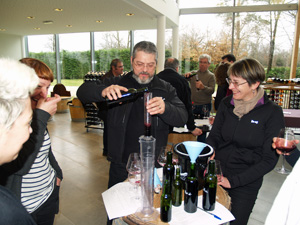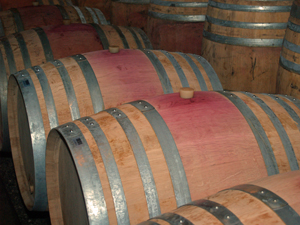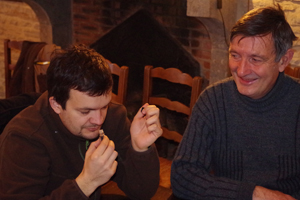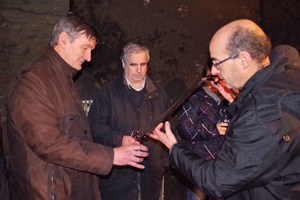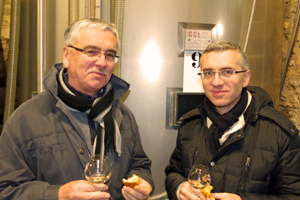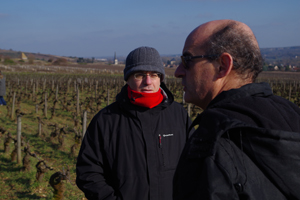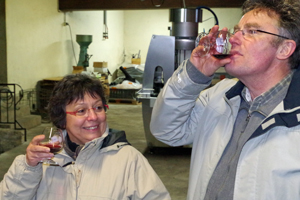Learning how to make wine in Saint-Emilion
- Categories :
- Bordeaux
- Enjoying Wine
- Gourmet Odyssey
- Château Coutet
The winery has been in the same family for over 400 years, and is full of great stories. The Vinification Experience Day is the last in the Gourmet Odyssey cycle, and concentrates for the most part on the art of making and tasting wines.
We started the days with a visit of the cellar where the wine-makers picked up where they had left off during the Harvest Experience Days. The old buildings at Château Coutet take us back in time and we learn about the artisanal wine-making methods that have been passed down the generations to make and age wines in the oak barrels.
The cellar tour had opened up our taste buds and we were ready to start tasting the wines. Benoît, Gourmet Odyssey’s oenologist, taught us the basics to better taste wines, and then we got down to business as we discovered the wonderful aromas and tastes of the wines that are currently still in the ageing process.
We got to better understand the role of the wine-maker and tasted different blends to learn what each different grape varietal brings to a wine, and how they interact with each other to create something entirely different again.
Now that we were expert wine-taster, we moved on to the finished wines, starting with the Claret de Coutet for the aperitif. This wine, between a red and a rosé has a lovely fresh finish and is packed with red fruit. Delicious!
We then sat down to lunch in the shade of the trees. As the different courses were served, we discovered the wines from the chateau. The 2017 Belles Cimes, a Saint-Emilion wine made from the estate’s young vines paired wonderfully with the Landaise salad. We stepped up a notch in strength whilst maintain the finesse with the 2017 Château Coutet, which went with the main course of steak bordelaise brochette. We then compared the wine to the 2016 vintage Château Coutet, which is slightly more mature having had an extra year ageing in the bottle. These wines can age for 25 years in a good cellar no problem. Mathieu and Adrien then give us the honour of discovering the 2017 Demosielle wine, made from the old vines on the limestone plateau that are worked by hand and horse.
We then set off again to visit our adopted vines, climbing the hill until we reached the limestone plateau, surrounded by grand cru classé vineyards. The view is magnificent, and we each took a moment to admire and take a photo of our adopted vines.
The day ended in the storage room to talk about bottling, corks, and labels which are the last steps in producing a bottle of wine. We feed off Mathieu and Adrien’s passion.
Warm thanks to the winemakers for these very informative days, and the very enjoyable time spent together.



